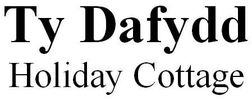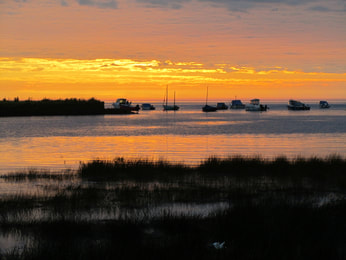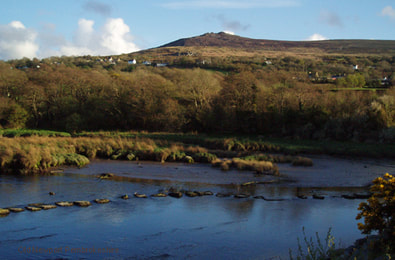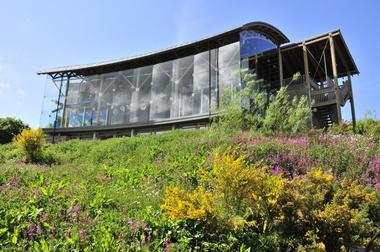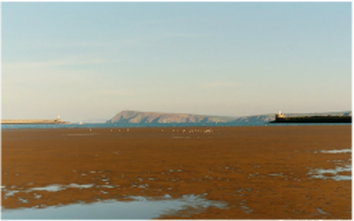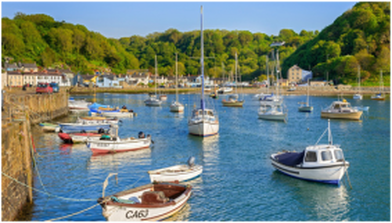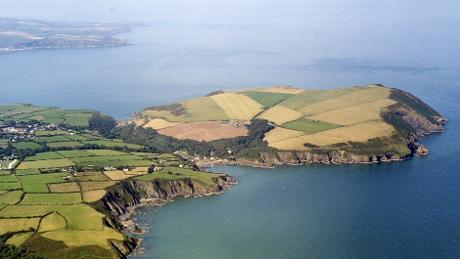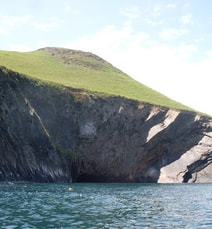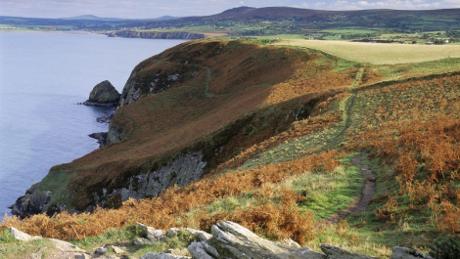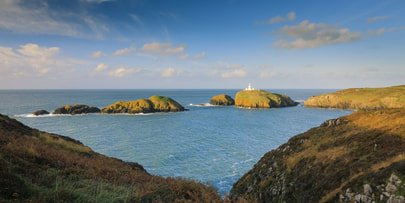Bird Watching Holidays
North Pembrokeshire is a fantastic location for bird watching and Cnapan is an excellent base from which to explore the various locations. With the river Nevern and it's estuary just five minutes walk away and several other superb sites accessible by public transport, it is truly a bird watchers paradise.
Please have a look out or gallery for the wonderful selection of birds you can see in and around Newport.
All photographs courtesy of Pat Gaze
Please have a look out or gallery for the wonderful selection of birds you can see in and around Newport.
All photographs courtesy of Pat Gaze
|
Nevern Estuary and Newport (5 minutes Walk)
Close by is Newport bridge, affording great views of the estuary and the river Nevern, waders and wildfowl are always around and depending on the time of year little egret, curlew, goosander, whimbrel, godwits and greenshank (on migration), osprey (rarely) and kingfisher (fairly frequently). A flat portion of the coastal path runs along both sides of the estuary, through woodland, where there are many birds to see. Beyond Parrog, there are shallow cliffs above rock pools affording good views of wading birds feeding and resting. |
|
|
Teifi Estuary (30 Minutes by Bus 412 Service) A range of habitats is supported, from open pasture and well wooded hedgerows, through Alder and Willow carr, freshwater marsh with open pools and reedbeds to tidal mudbanks. Flooding is extensive in winter, when the area attracts large numbers of wildfowl, notably Teal, Wigeon and Mallard. Water Rail are present in winter in considerable numbers, and other regular winter visitors include Snipe, Curlew and Lapwing. Peregrines hunt over the marshes. Breedings birds include Reed, Sedge and Cetti’s Warblers and both Whitethroats, Shelduck and Moorhen. Herons also breed nearby. Otters and Mink are present in the marshes, Water Shrews are numerous and Sika and Red Deer are now present. Fish species include Lamprey, Stickleback, Mullets, Eel, Sewin and Salmon. Frogs and Toads are numerous and both Grass Snakes and Adders are present on the reserve. The rich assemblage of dragonflies include Emperor, Broad-bodied Chaser, Southern Hawker and Scarce Blue-tailed Damselfly. Water Buffalo are used to graze the site all year round. (Courtesy of the Wildlife Trust of South & West Wales) |
|
Goodwick Harbour (25 Minutes by Bus 404 Service) In the main Harbour at Goodwick the birding is varied with all the main species of Gull recorded regularly especially during the winter. Rarer species such as Iceland , Glaucous , Ring Billed and Little Gull have all been recorded with the first Laughing Gull for Pembrokeshire also found at this site & the first Ross’s Gull for Wales.The winter gull roost in the main harbour can be quite large and is always worth a look as it nearly always contains Mediterranean Gull. The shore can be good for waders at times although there is some disturbance. Redshank , Curlew , Ringed Plover & Turnstone are all regular with Black Tailed & Bar Tailed Godwits , Common & Curlew Sandpiper also recorded annually as is the spring passage of Whimbrel. Out in the Harbour Red Throated , Black Throated & Great Northern Divers are all present during the winter months as are usually one or two Kingfishers. A pair of Black Guillemots have spent some time during the summer on the ferry side of the harbour for the last couple of years. (Courtesy of Pembrokeshire Blogspot) |
|
Dinas Island ( 2 Hour Walk or 15 Minutes by Bus 405 Service) A fantastic circular walk. Starting from Pwllgwaelod, climb to the summit of Dinas head which has fantastic steep cliffs and excellent birding. At Cwm-yr-Eglwys there are views across Newport Bay and Divers, Grebes and Scoter are regular here in winter. At Pwllgwaelod the view is across Fishguard Bay and, again, Divers and Grebes are regular in winter. From either location the c.3mile circular walk around the “island” has great views but is very steep in places. Peregrine and Chough are usually seen and at Needle Rock there is a small colony of Guillemots and Razorbills. The valley across the neck of the island has thick cover and is well worth a look, particularly during the spring and autumn. (Courtesy of Pembrokeshire Blogspot) |
|
Strumble Head (40 Minutes by Bus 412 Service then 404 Service) Lying five miles west of Fishguard, Strumble Head is one of the top sites in the county and is renowned as the top sea-watching site in Wales. Well over 200 species of bird have been recorded here. The best sea watching conditions are when there has been a good south or south westerly blow for a few days followed by the wind turning to a west or north westerly direction. This firstly pushes seabirds into the Irish Sea and then brings the birds close inshore as they leave. Autumn passage usually starts towards the end of July, peaking in September / October and finishing mid November. Autumn is the best time to visit both for sea watching and other migrants, spring is not so productive but still worth a visit as small falls of migrants do occur in the right conditions. For extended sea-watching it is advisable to bring a deck chair to sit on. Specialities include Great, Cory’s, Balearic and Sooty Shearwaters, Arctic, Great, Pomarine and Long-tailed Skuas, Leach’s Petrel and Sabine’s Gull. Rarities have included Little Shearwater, Soft plumage Petrel, Wilson’s Petrel. The area around the lighthouse is inaccessible for most of the year but worth a scan for Black Redstarts. One lucky observer found an Alpine Accentor. The valleys to the east and west are good places for passerine migrants but be careful not to stray onto private farmland. A good walk is to the east, back along the coast towards Fishguard. This gives good views of many of the bays where seals pup in autumn. Resident species include: Fulmar, Gannet, Shag, Razorbill, Guillemot, Buzzard, Peregrine, Rock Pipit, Raven, Chough, Stonechat and Linnet. (Courtesy of Pembrokeshire Blogspot) |
Websites of Interest.
Pembrokeshire Birds Blog Keep up to date with the latest sightings of birds in Pembrokeshire
West Coast Bird Watching Offer custom made bird watching trips throughout Pembrokeshire, including half days, full days and more. We provide one-to-one, small or large group tours to suit your needs and your budget. We have over 26 years experience of finding and watching birds in Pembrokeshire and further afield
Pembrokeshire Birds Blog Keep up to date with the latest sightings of birds in Pembrokeshire
West Coast Bird Watching Offer custom made bird watching trips throughout Pembrokeshire, including half days, full days and more. We provide one-to-one, small or large group tours to suit your needs and your budget. We have over 26 years experience of finding and watching birds in Pembrokeshire and further afield
